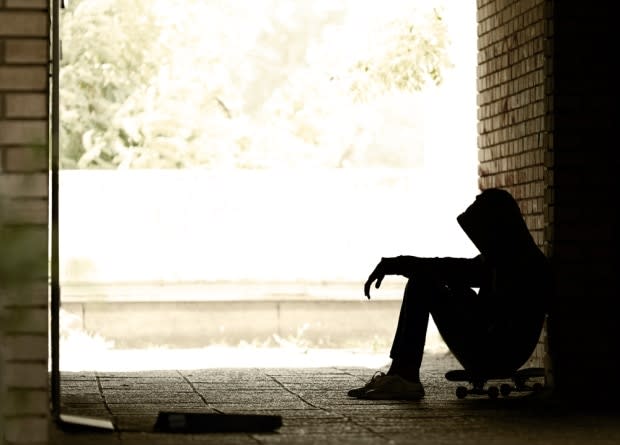'We have hope': Ottawa pledges to support First Nations suicide prevention strategies
In the wake of a 10-year-old girl's suicide on his reserve, the Chief of Makwa Sahgaiehcan First Nation flew more than 3,000 kilometres to Ottawa to sit face-to-face with the federal minister of Indigenous services.
In that meeting Wednesday morning, Chief Ronald Mitsuing received confirmation from Minister Mark Miller that the federal government would financially support a suicide prevention strategy released last year by the Federation of Sovereign Indigenous Nations (FSIN) in Saskatchewan.
The strategy was billed as the first "decolonized, First Nations-led approach" to suicide prevention and intervention in Canada.
"I'm so happy today. It's something. The government is going to work with us," Mitsuing said. "We have hope, now. He gave us hope."
Mitsuing said he gave the minister a "big hug."
The chief is going home with high expectations, despite the fact Miller's office won't commit to a dollar figure to invest in the strategy.
"This is a priority," a statement from Miller's office said.

Four people have taken their own lives in Makwa Sahgaiehcan in the past five months — including a 10-year-old, two teens and an adult man — and another eight teens have attempted suicide in the past two weeks.
There have been calls for suicide prevention strategies and funding for years.
On Tuesday, the federal minister spoke at a special gathering of chiefs of the Assembly of First Nations from across Canada. He pledged to support the development of a national youth suicide prevention strategy.
While that could take awhile, FSIN Chief Bobby Cameron said he's poised to roll out their plan in all 74 First Nations in Saskatchewan.
"We're ready...we could implement it next week," Cameron said.
He says he asked Miller for $5 million over the next five to ten years to implement the strategy.
"Whether they honour that number remains to be seen, but at least the commitment is there," Cameron said.

First Nations teenage girl is 29 times more likely to die by suicide
The FSIN analyzed coroner's reports from suicides in Saskatchewan between 2005 and 2016 and concluded that a First Nations teen girl is 29 times more likely to kill herself than a non-Indigenous teen girl.
The strategy focuses on language and culture. It promises to empower communities to choose their method of healing, with options that include land-based activities and access to healing lodges, ceremonies, Elders, social workers, and addictions and mental health counselling.
"We will support community‐led action and build on cultural and community strengths," the FSIN report states.

The strategy echoes Chief Mitsuing's message that his community doesn't want to rely on the government or outsiders to help their families. Ultimately, he said, those people leave.
"We need to learn to take care of ourselves, because we know where the problems are," Mitsuing said.
"If we send in people from out-of-town that nobody knows, I don't think they will connect with them. But if they train our people, we'll always have somebody there on reserve."
In his meeting with the minister, Mitsuing asked for funding for a permanent counsellor, parenting support, a suicide intervention worker, respite for teachers and funeral costs. He also wants a forensic audit of band finances to sort out past irregularities and bolster confidence moving forward.
Miller's office confirmed there will be new money earmarked for suicide strategies, but said how much "will be determined through discussions with partners."
In a statement, a spokesperson said the minister would sit down with First Nations officials and "see what supports they need and how they can be implemented quickly."

